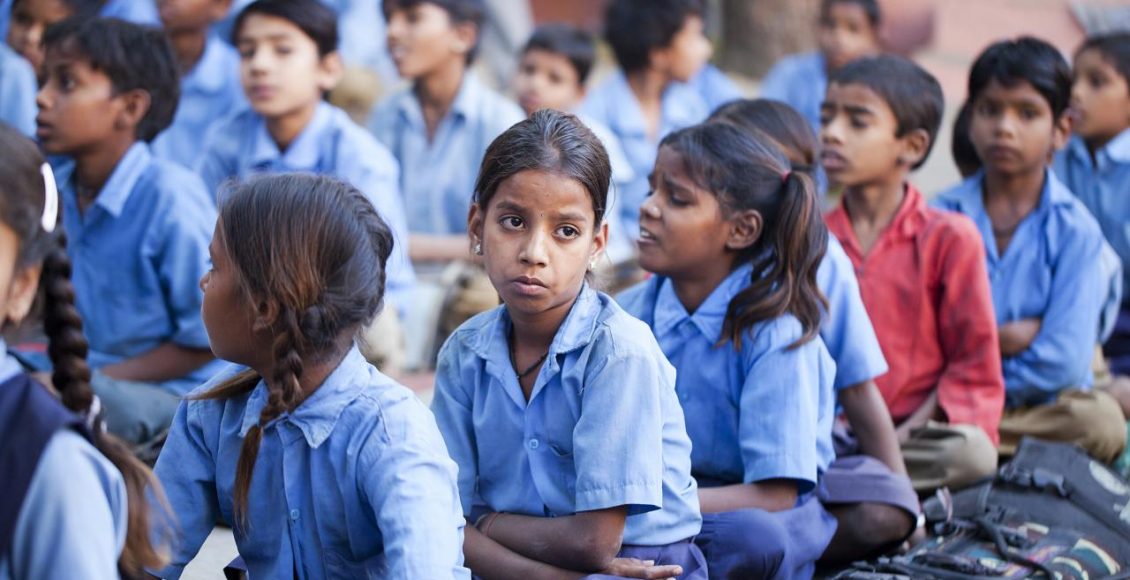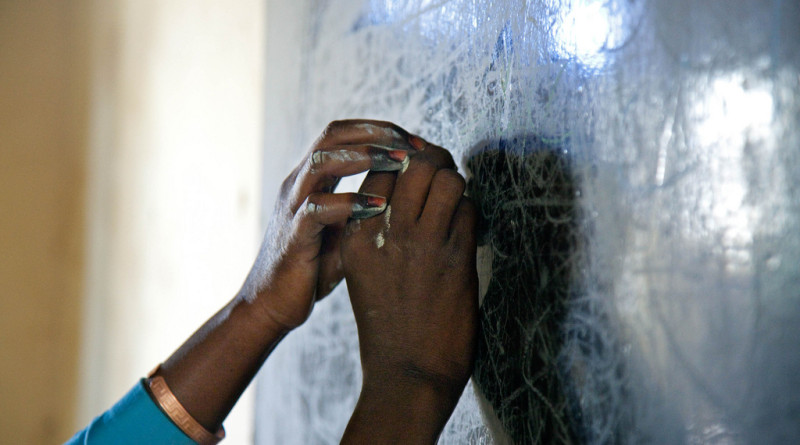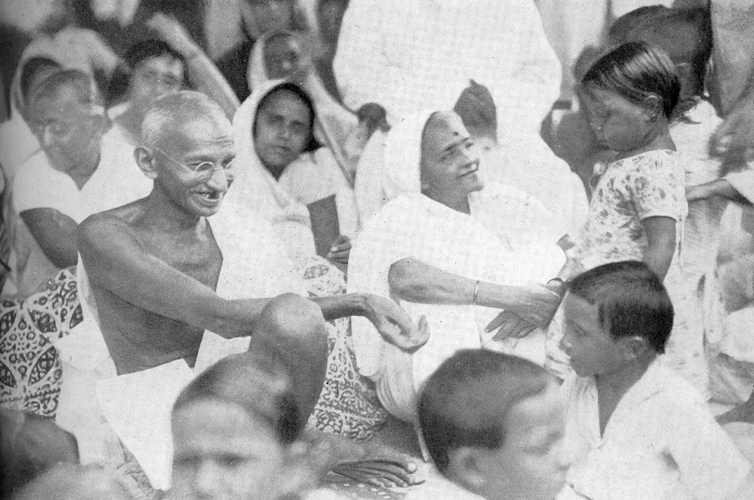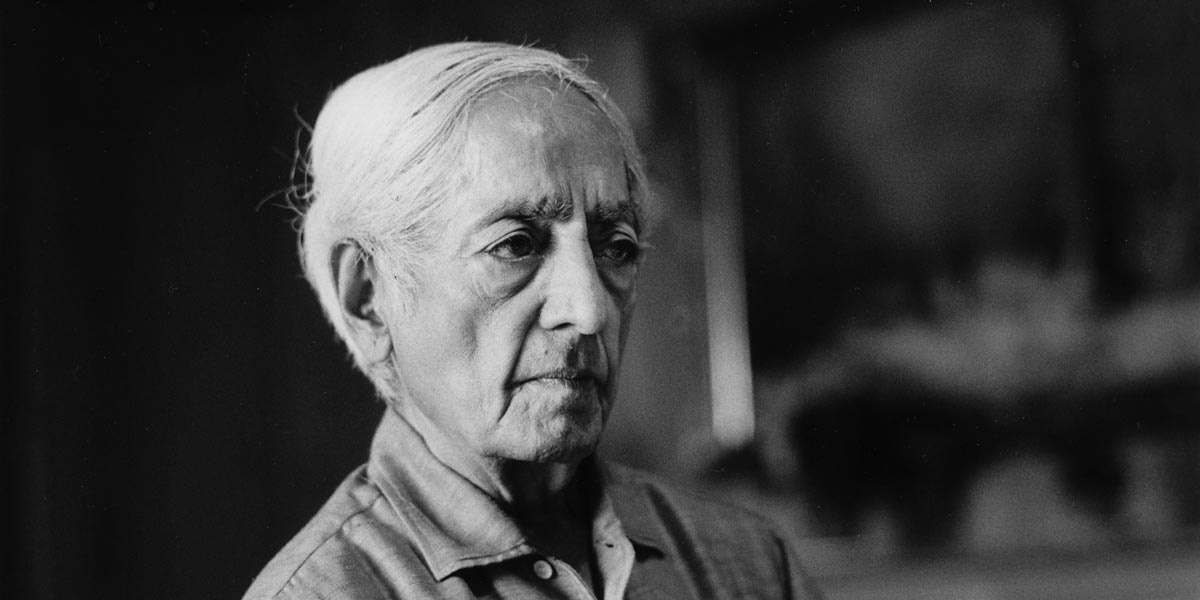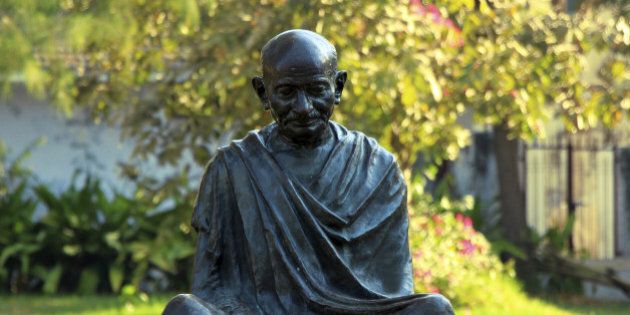Interrogating Gender Stereotypes: A Pedagogue’s Creative Endeavour
Social and cultural stereotypes destroy the process of understabding the nuances and complexity of human life. And gender stereotypes further reproduce the patriarchal hierarchy. It is in this context that a young researcher’s creative urge to make a difference in the consciousness of schoolchildren acquires immense significance. This small piece is a story of this noble endeavour
By Vasudha Katju
How can we communicate something as amorphous as ‘sensitivity’ to students? How do we fit something so intangible into the pragmatic format of a textbook? I would like to share my own experience of struggling with these questions as I tried to convey to students, sensitivity about gender, in the process of writing school textbooks on gender studies for classes XII and XII.
The basic questions for me as a writer were, what was to be conveyed, and how? What exactly is gender sensitivity? We might say that it is an awareness of gender. However, students are already aware of gender: they know that some people are men, some are women and some do not identify with either category. Students have ideas of how different genders relate to each other, of their places in the world. They might have experienced, and may also practice, differential treatment.
My writing took the direction given by the syllabus: elucidating and challenging gender stereotypes. Within this framework, it was important to talk about the dominant stereotypes about men and women: of women as homemakers and men as providers; of women as weak and men as strong and aggressive. Women who work outside their homes, and men who reject aggressive masculinity, were celebrated as challenging stereotypes.
Yet to me, this framework seemed inadequate to actually build ‘sensitivity’. It is true that there are dominant stereotypes about men and women. Yet students will have seen many men and women who do not fit those stereotypes. How does this framework explain the fact that women have held high political offices in India? Or high-ranking administrative positions? How can sensitivity be built through such easily contradicted arguments? Any curiosity that students would develop would be undermined by the seeming inability of gender studies to actually explain their own observations of the world around them.
Sensitivity cannot be encouraged by denying the complications and contradictions of our lives. In fact, understanding gender requires us to pay attention to nuances and to details. It also requires us to accept that we do not have all the answers.
Within the textbook format, ‘content’ is something that gives information. It should be clear, precise, and easily convertible into exercises and questions on which students can be tested. It does not leave room for professing ignorance. However, it is possible to include content in other forms: through exercises, activities and interviews. For example, a colleague included an exercise which asked students to tabulate the sex ratios, per capita incomes, and literacy levels of various Indian states, based upon census data. He told me that there would be a negative correlation. This would challenge the popular perception that educated, wealthy people are more progressive. No explanation of this correlation was given in the book; but it was alright, my colleague said, to simply leave students with something to think about. I included an exercise which presented safety tips for women (from the Karnataka police website), all of which assumed that women were at danger from strangers. I then asked students how they would formulate safety tips for violence from known persons. There are no straightforward answers to this question, but hopefully it is thought-provoking.
I felt the need to challenge the stereotypes surrounding feminism itself – of being western, unfeminine, anti-men and anti-family. I realised that it would be pointless to say, for instance, “feminists do not hate men”, followed by an exercise asking students to list five reasons why feminists do not hate men. This would suit the textbook format but would ultimately be meaningless –quickly memorised and as quickly forgotten. Instead, I tried to give students a sense of the long engagement of many Indians with women’s issues: Savitribai Phule and girls’ education, Dr. BR Ambedkar’s views on endogamy, women’s own struggles for land rights, for public goods, education, civil rights, and many others. I felt this would make ‘feminism’ familiar; it would introduce students to its antecedents and history; and would resonate with students’ own lives.
I think it is important to challenge students’ own assumptions about gender, and to try to develop in them a sense of curiosity about gender as a social phenomenon. For me, then, sensitivity is a spirit of curiosity and a desire to engage with received knowledge. I tried to encourage this by presenting facts, opinions, information, examples, and exercises that would allow students to engage in different ways with gender. This process made me reflect upon my own opinions and the gaps in my knowledge, and also forced me to go beyond the language common to an activist/academic circle. I hope that students found it as rewarding to read as I did to write.


